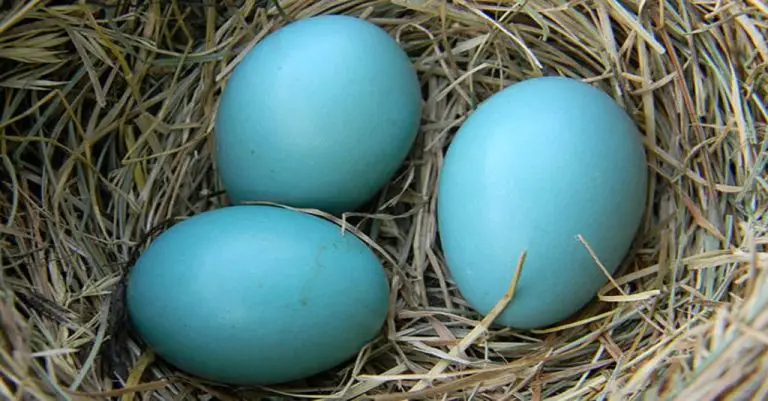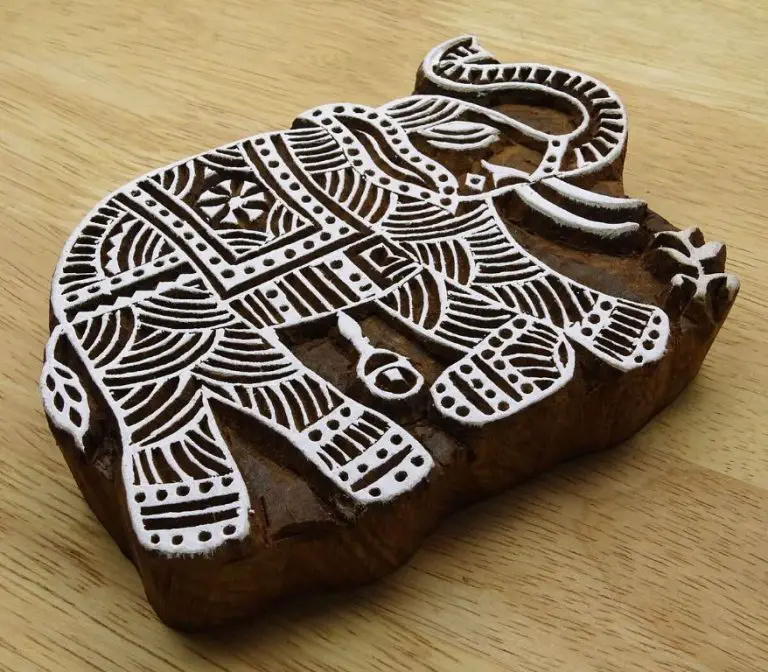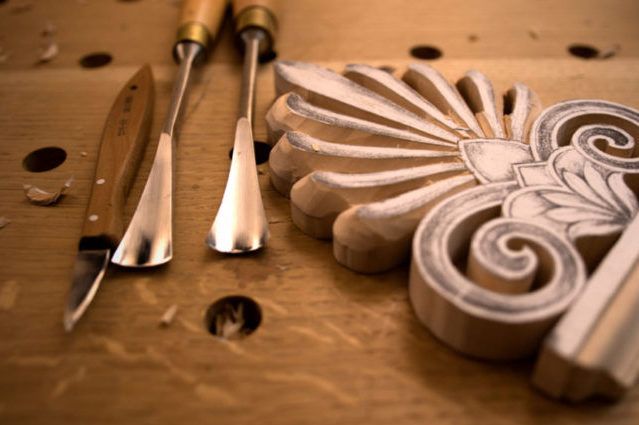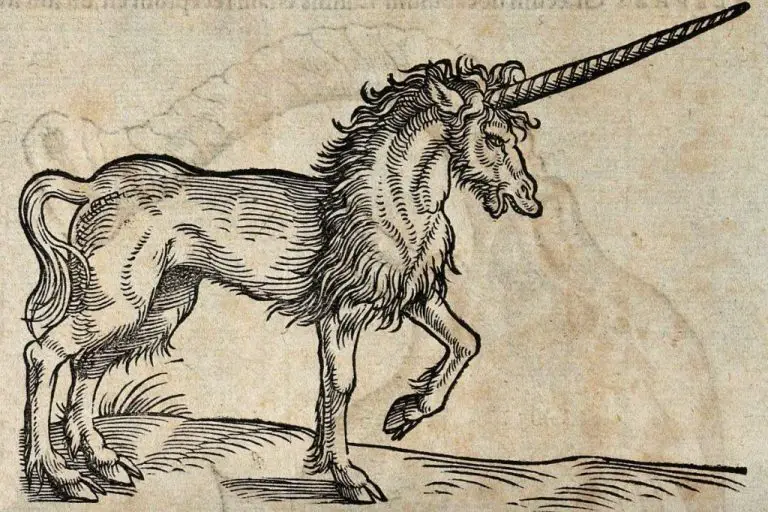What Is The Crossword For Clay Targets To Be Shot?
Introducing the Crossword Puzzle
A crossword puzzle is a word game that consists of a grid of black and white squares with numbered clues and corresponding answers that form words that cross each other horizontally and vertically. The goal is to fill the white squares with correct letters to solve the interlocking words and phrases. According to the Wikipedia article on crosswords, the first crossword-style puzzles appeared in the 19th century, but the crossword format we know today emerged in the United States in 1913 when Arthur Wynne published a “Word-cross Puzzle” in the New York World newspaper. This puzzle introduced the convention of shaded squares, numbered clues, and vertical and horizontal symmetry.
Crossword puzzles quickly became extremely popular during the 1920s. Newspapers began publishing them daily as they were cheap entertainment during the Great Depression. Crosswords gained worldwide appeal, appearing in books, magazines, and newspaper supplements. They became a staple of American pop culture and remain a popular word game today, providing intellectual challenge and education along with entertainment.
Clues and Answers
Crossword clues provide hints to fill in the answers across and down in the puzzle grid. Clues come in a variety of types like straight definitions, wordplay, puns, etc. According to the New York Times, crossword clues should be “fair and gettable” using common knowledge (NY Times). Solvers use the clue to decipher the answer and fill it into the corresponding numbered boxes in the grid.
Some common clue types include:
- Straight definition – These state the answer directly.
- Wordplay – Clues involve word games like anagrams, homophones, etc.
- Puns – Clues involve humorous play on words.
- Trivia – Knowledge-based clues about people, places, events, etc.
Strategies for solving clues include looking at the number of boxes to determine the answer length, trying to think of synonyms for words in the clue, and considering common letter patterns like “ing” for verb endings. Useful tips are starting with straightforward clues and high-frequency letters like E, T, A to build momentum (WikiHow).
Crosswords for Clay Target Shooting
There are niche crossword puzzles focused specifically on clay target shooting and the terminology involved in the sport.
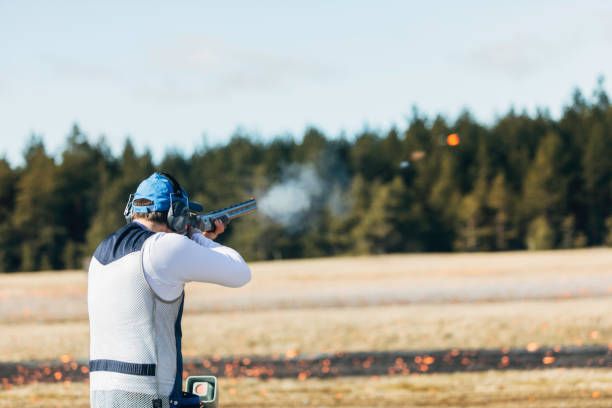
These types of crossword puzzles include frequently used clay target shooting terms and jargon like “clay target shooting”, “skeet”, “trap shooting”, and “sporting clays” (Crossword Clue).
They also incorporate related terms like shotgun models (“over-under”, “side-by-side”) and shooting positions (“low gun”, “pre-mounted”).
Using niche crosswords allows clay target shooters to test their knowledge of vocabulary directly related to their sport.
Benefits of Crosswords
Doing crossword puzzles regularly provides many cognitive benefits and helps keep the mind sharp. Studies have shown that engaging in mentally stimulating activities like crosswords can help delay age-related cognitive decline. According to research from Harvard Health Publishing, crossword puzzles may modestly improve cognition in people with mild cognitive impairment (source).
Solving crossword puzzles provides mental stimulation that exercises the brain. As described in Scientific American, crosswords challenge the brain by activating multiple areas involved in skills like memory, vocabulary, and general knowledge (source). The cognitive aspects required to complete crosswords, like focused concentration and problem solving, help keep the mind sharp.
Overall, engaging in the mental challenge of regularly solving crossword puzzles can help provide cognitive benefits, mental stimulation, and may delay age-related cognitive decline.
Crossword Construction
Crossword puzzles are designed with a symmetrical grid layout in mind. The most common design is a square grid with black and white checked squares. The constructor carefully places both across and down answers on the grid to intersect symmetrically. This requires strategic placement of words to fit together perfectly across the grid.
Many constructors utilize crossword software or applications to aid in the symmetrical and methodical placement of words on the grid. Popular programs like Crossword Compiler, Crossword Maestro, and CrossFire allow creators to easily manipulate the grid and clues.
The constructor vets all of the across and down answers thoroughly to ensure they are factually accurate. Careful fact checking and additional review from editors helps validate that the clues and corresponding answers contain no errors.
According to wikiHow, “It’s crucial that you double- and triple-check your puzzle to make sure all the clues and answers are accurate. Even one mistake can ruin all the hard work you put into making the puzzle.”
Overall, crossword construction requires symmetry, strategic word placement, and extensive fact checking to result in a polished and entertaining puzzle.
Notable Creators
There are many famous and acclaimed crossword puzzle creators who have constructed puzzles for major publications over the years. Some of the most well-known include:
Sam Bellotto Jr. is considered one of the pioneers of computer-assisted crossword construction. He founded the puzzle software Crossdown and has created crosswords for publications like The New York Times, Newsday, and USA Today since 1979 (Source).
Will Shortz has served as the crossword editor of The New York Times since 1993. He is the only person to hold a degree in enigmatology, the study of puzzles. Shortz has edited numerous puzzle books and organized the annual American Crossword Puzzle Tournament (Source).
Ryan McCarty is a prolific constructor who has had over 1,000 crosswords published in major outlets like The New York Times. He is known for his creative and engaging themes as well as fresh fill words (Source).
Other distinguished creators include Merl Reagle, constructor of syndicated Sunday crosswords, and Brendan Emmett Quigley, known for his diabolically challenging puzzles.
Crossword Communities
Crosswords have developed passionate communities and followings over the decades. Many local groups and clubs exist for crossword enthusiasts to gather, share tips, and enjoy solving together. According to Crossword Clue & Synonyms: COMMUNITY, these communities allow constructors and solvers to bond over their shared interest.
Crossword tournaments and competitions also bring together the most devoted puzzle fans. The American Crossword Puzzle Tournament, founded in 1978, draws hundreds of competitors vying to be the fastest to complete puzzles. Intense concentration and expansive vocabulary are needed to excel. Online forums like Cruciverb.com and social media groups have also emerged as digital gathering places for the crossword obsessed to share advice and chronicle their solving journeys.
These tight-knit crossword communities are bonded by a love of words, wit, and intellectual challenges. They provide camaraderie around a niche interest and allow enthusiasts to connect with fellow puzzle fans from all over the world. Whether in-person or online, crossword groups sustain the passion for this classic word game.
Solving Strategies
There are several approaches that can help make solving crossword puzzles faster and more efficient:
One tip from The Piper Life is to start with the easiest clues first to build momentum and fill in more letters on the board. This creates a base that helps crack some of the tougher clues.
Many experts recommend keeping a running list of unfamiliar words or facts you encounter while solving puzzles. This allows you to build up crossword-specific knowledge over time.
Taking time to analyze the crossword grid and determine the number of letters for each word can provide insight into potential answers. Pay attention to where black squares intersect to divide words.
Don’t be afraid to put in temporary “filler” words while you work on other clues. This lets you take advantage of letter crossings.
If stuck on a tricky clue, come back to it later with fresh eyes. Stepping away for a bit can suddenly reveal the solution.
Maintaining a relaxed attitude and realizing occasional roadblocks are part of the process will help keep solving enjoyable. With practice, speed and intuition improve over time.
Variations and Trends
The basic form of the crossword puzzle has evolved over the years into many innovative variations. According to Crossword Solver, some popular innovations include:
Cryptic crosswords – These clues involve wordplay and double meanings that solvers must decipher.
Acrostic crosswords – The start letters of each answer spell out a quote or message.
Jumbo crosswords – These extra large grids can have over 30 rows and columns.
Technology has also impacted the crossword experience. As Crossword Tracker notes, crossword apps and online crosswords allow solvers to easily look up clues, check their answers, and even get hints if stuck. Features like leaderboards and social sharing also connect the crossword community in new ways.
Over time, crosswords have evolved from simple word games in newspapers to a popular fixture of puzzle culture with many variations. According to Fresherslive, innovations continue to keep the artform feeling fresh and engaging for modern solvers.
Final Thoughts
In summary, crossword puzzles have become an incredibly popular pastime enjoyed by millions around the world. Though invented less than a century ago, they have developed into a diverse form of entertainment and mental stimulation. The grid-based word game challenges one’s knowledge across a variety of topics, improves memory and focus, and provides a fun diversion from the stresses of everyday life.
While daily print newspaper puzzles remain widely popular, especially the iconic New York Times crossword, digital and online varieties continue to grow. This allows for more interactive features, accessibility on mobile devices, and greater convenience. Events like the American Crossword Puzzle Tournament showcase the very best crossword solvers, as they compete to complete challenging puzzles at record speeds.
Looking ahead, we may see even more technological integration with crosswords through tools like augmented reality and artificial intelligence. Constructors could also continue pushing the boundaries of puzzle themes, clues, and grid shapes. However, the fundamental appeal seems likely to endure – a intellectually stimulating activity, a test of one’s wits, and a satisfying accomplishment when the last square is filled in.

